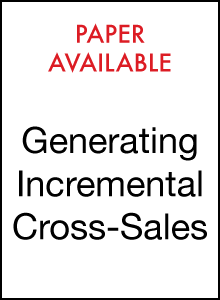
You probably already use a control group to measure the net impact of your marketing. You do this because you know that some of the people who buy after being exposed to your marketing would have bought anyway. The control group allows you to measure the incremental impact or uplift.
But unless you're very unusual, when choosing who to target, you don't use an incremental approach: you just use a response model, or a propensity model, to try to people who are likely to buy, with no regard to incrementality.
The only prospects that generate a return on marketing investment are those in red—the people who buy only when they receive your marketing. Uplift models allow you to target them, and them alone.
In contrast, standard approaches based on response or propensity models direct the bulk of their effort at those shown in white (people unaffected by the marketing), and possibly even at the group shown in black (people negatively affected by your marketing), while sometimes missing some of the persuadable reds. This is doubly bad, resulting in
|
Stochastic Solutions has unparalled experience in helping companies to build uplift models that predict the incremental impact on sales of targeting each person in your prospect pool. Standard stats packages and methods simply cannot build uplift models, so you need a specialist approach. By using such incremental models, you align your targeting with the outcome that you measure (the lift of your cross-sales campaign) and the very metric that determines the volume of sales you make.
Contact Stochastic Solutions on +44 7713 787 602 or at info@StochasticSolutions.com, and let us help you increase sales by targeting the people whose behaviour is actually positively influenced by your marketing.








